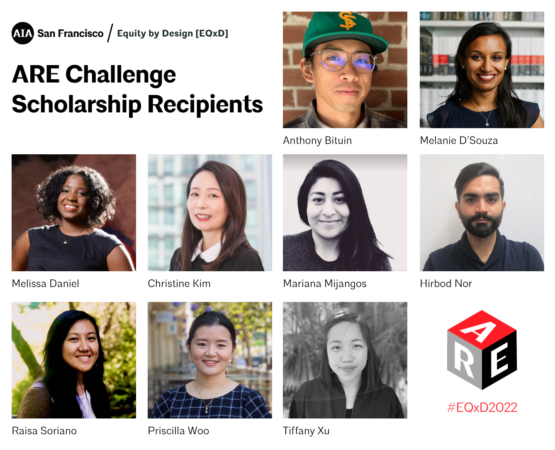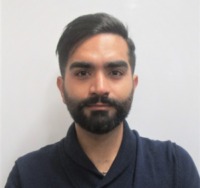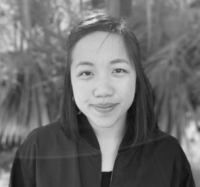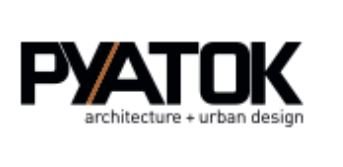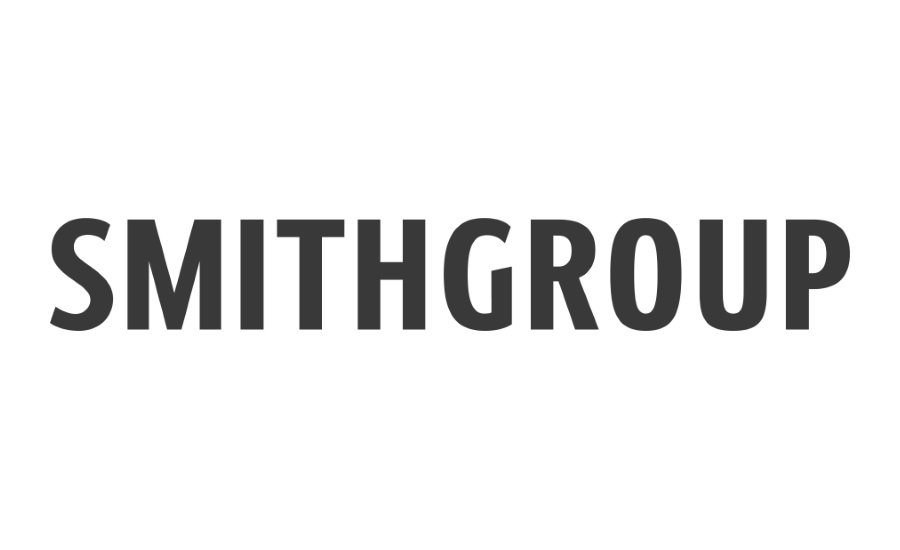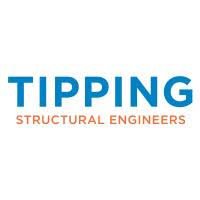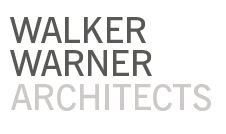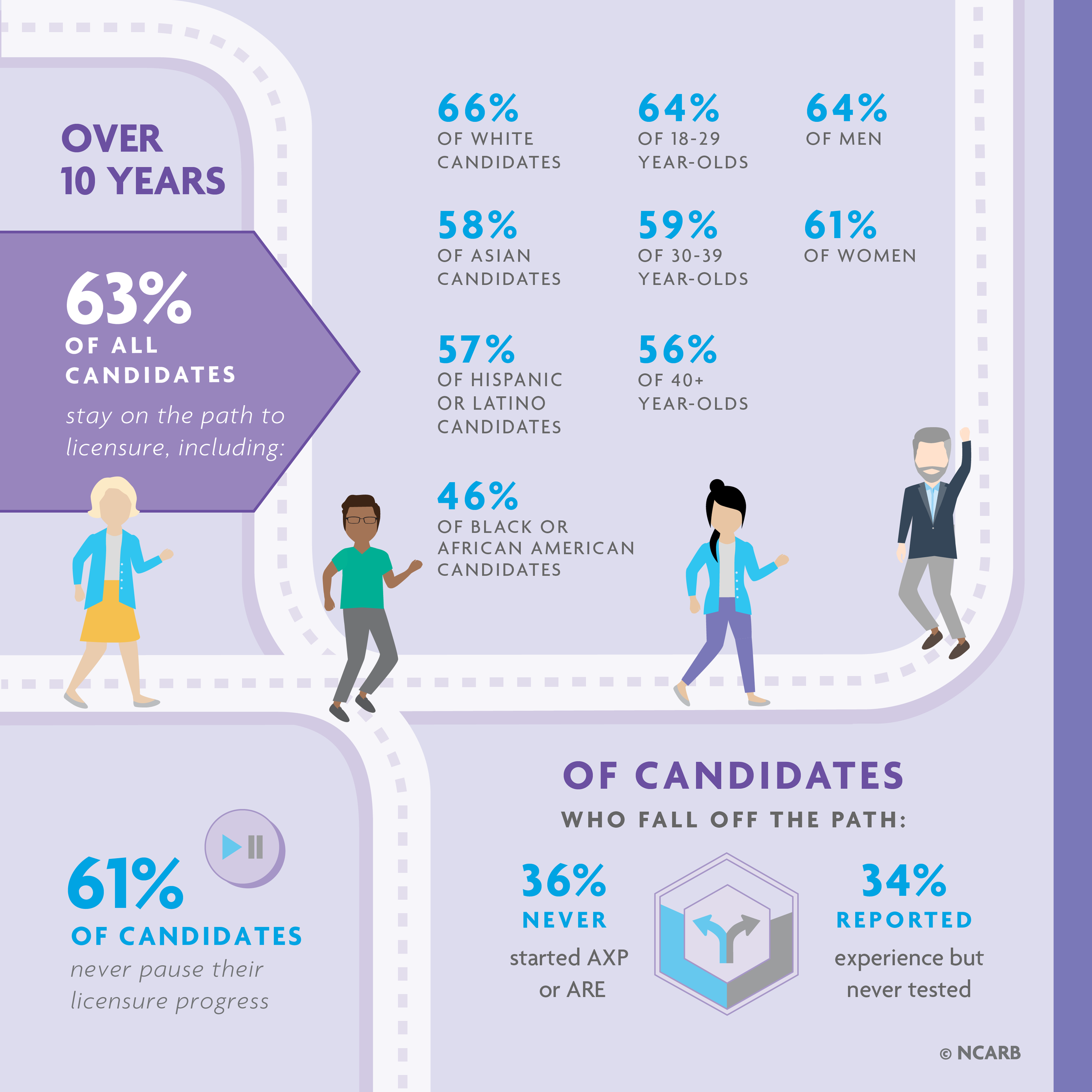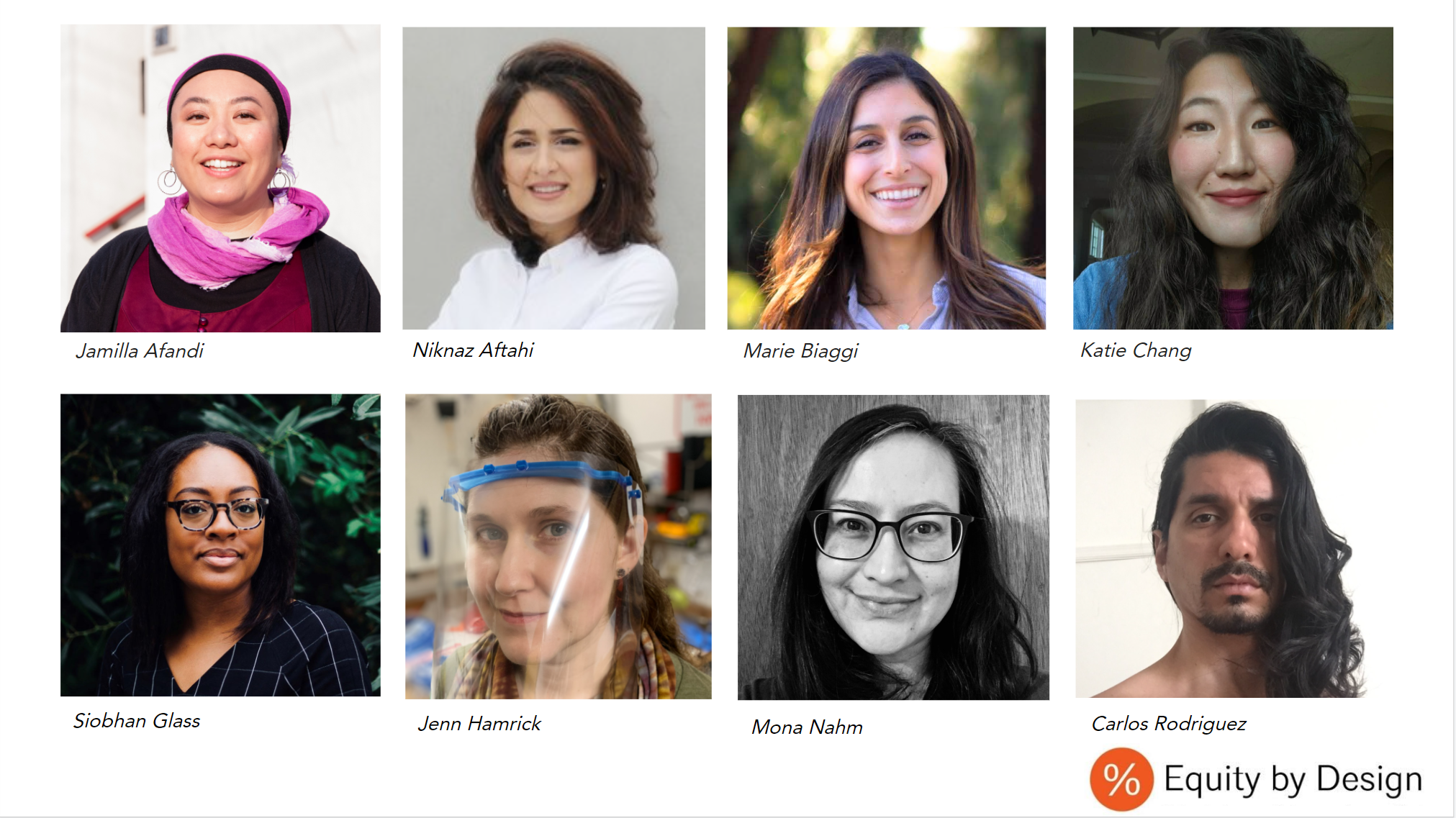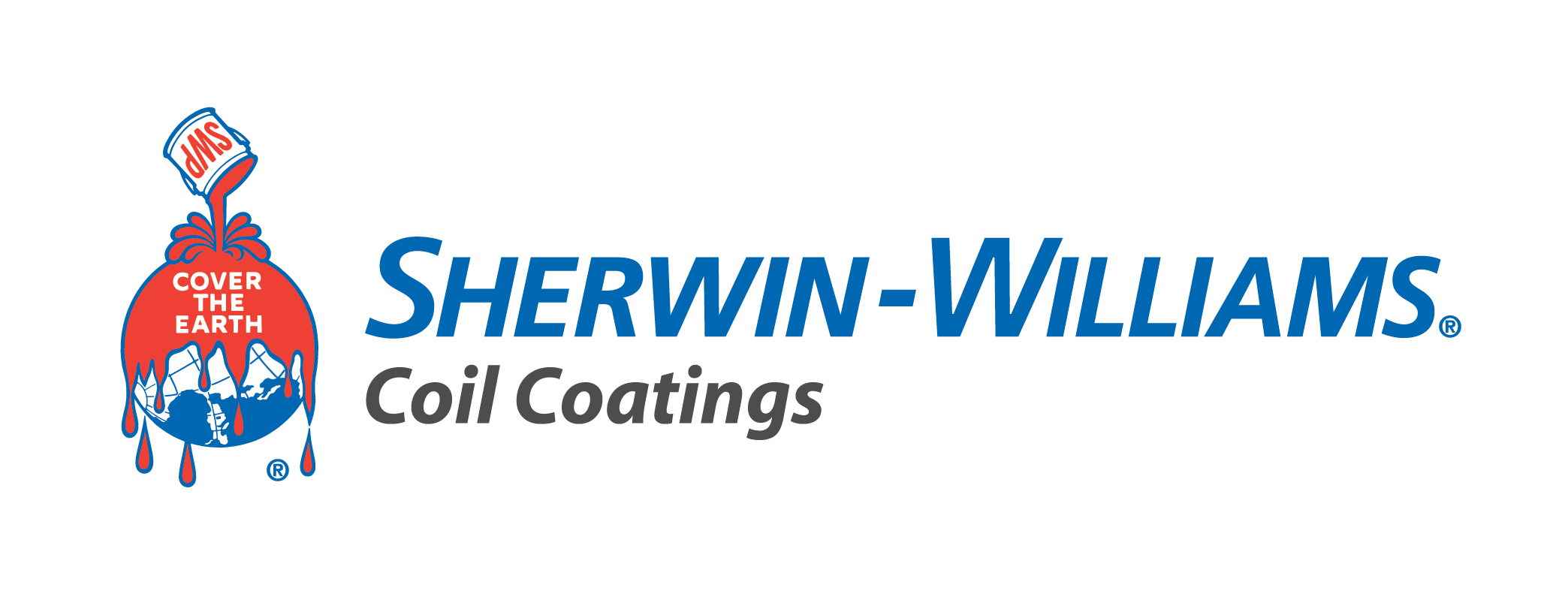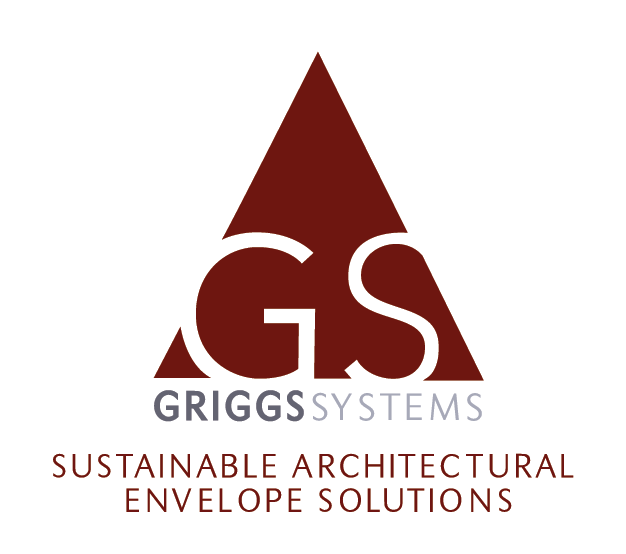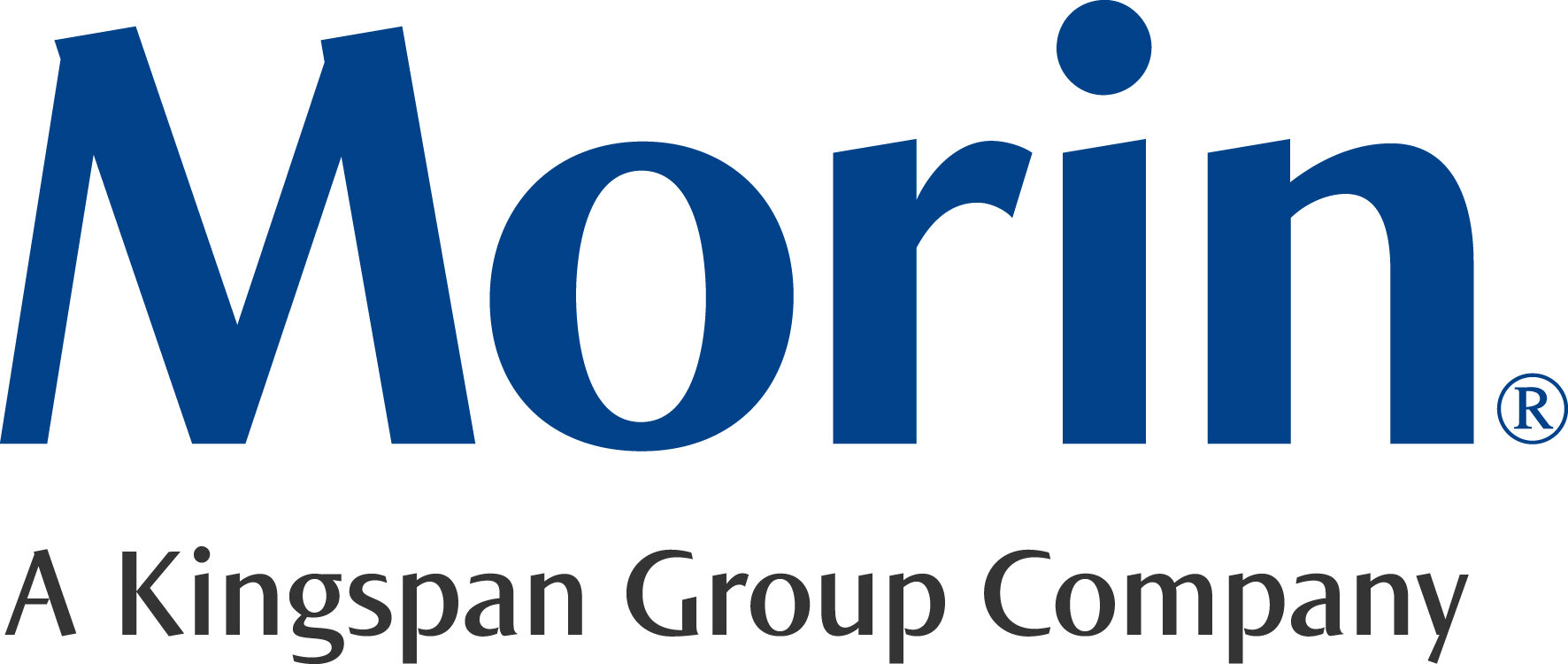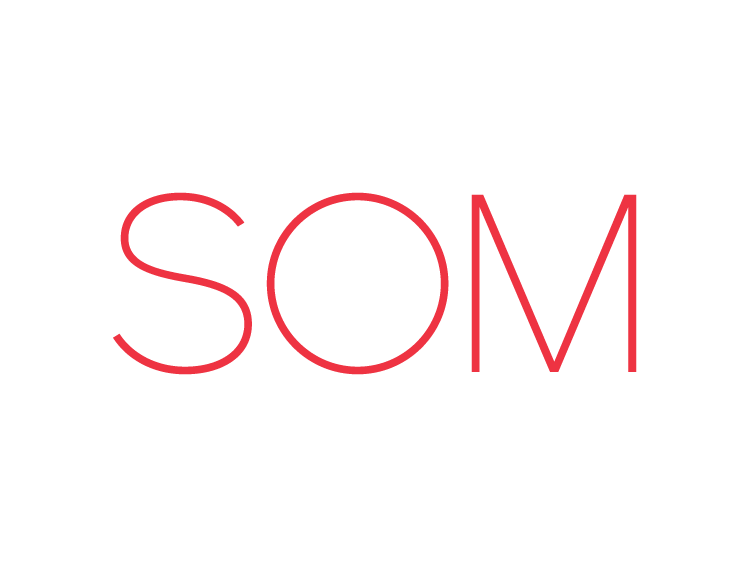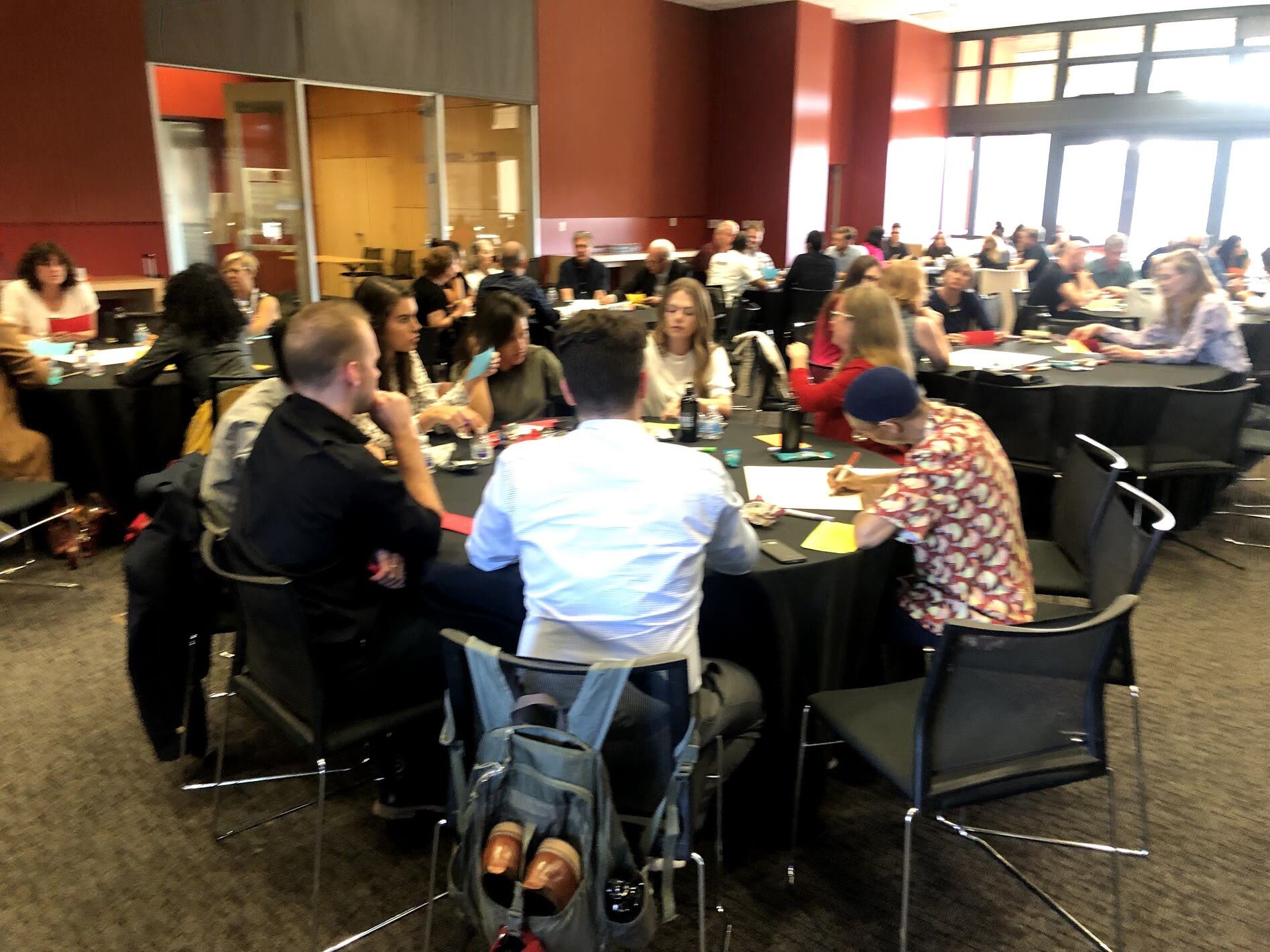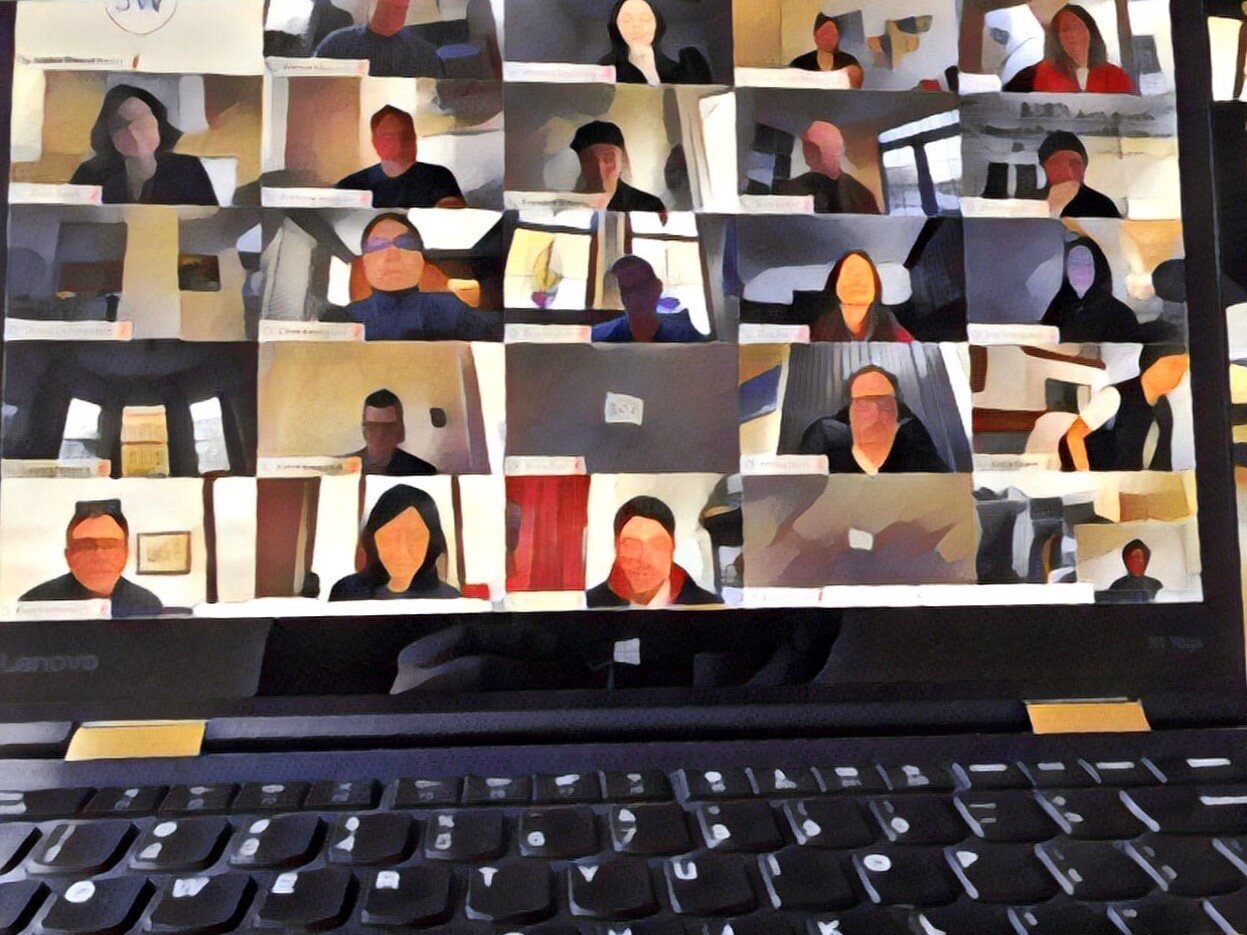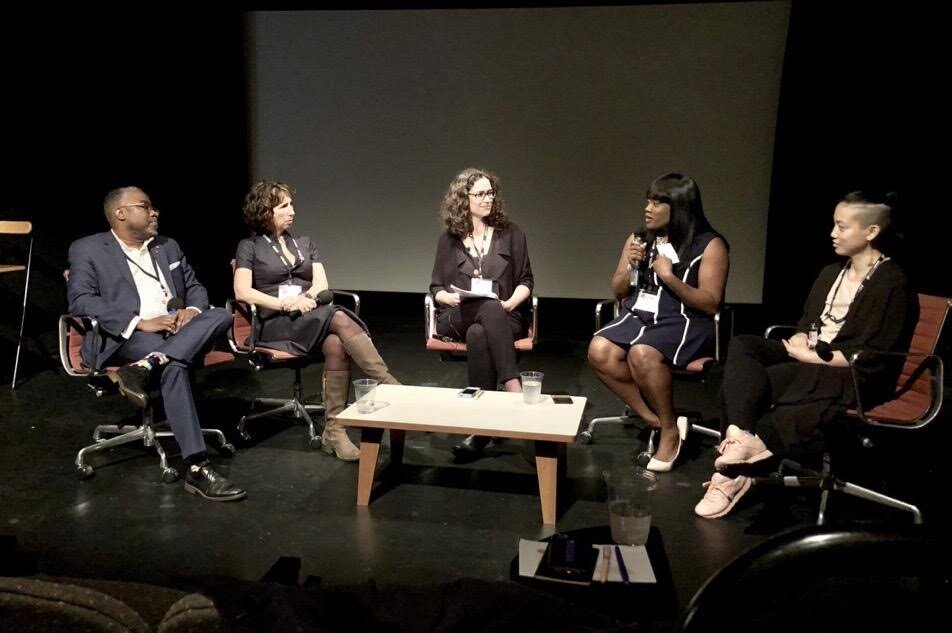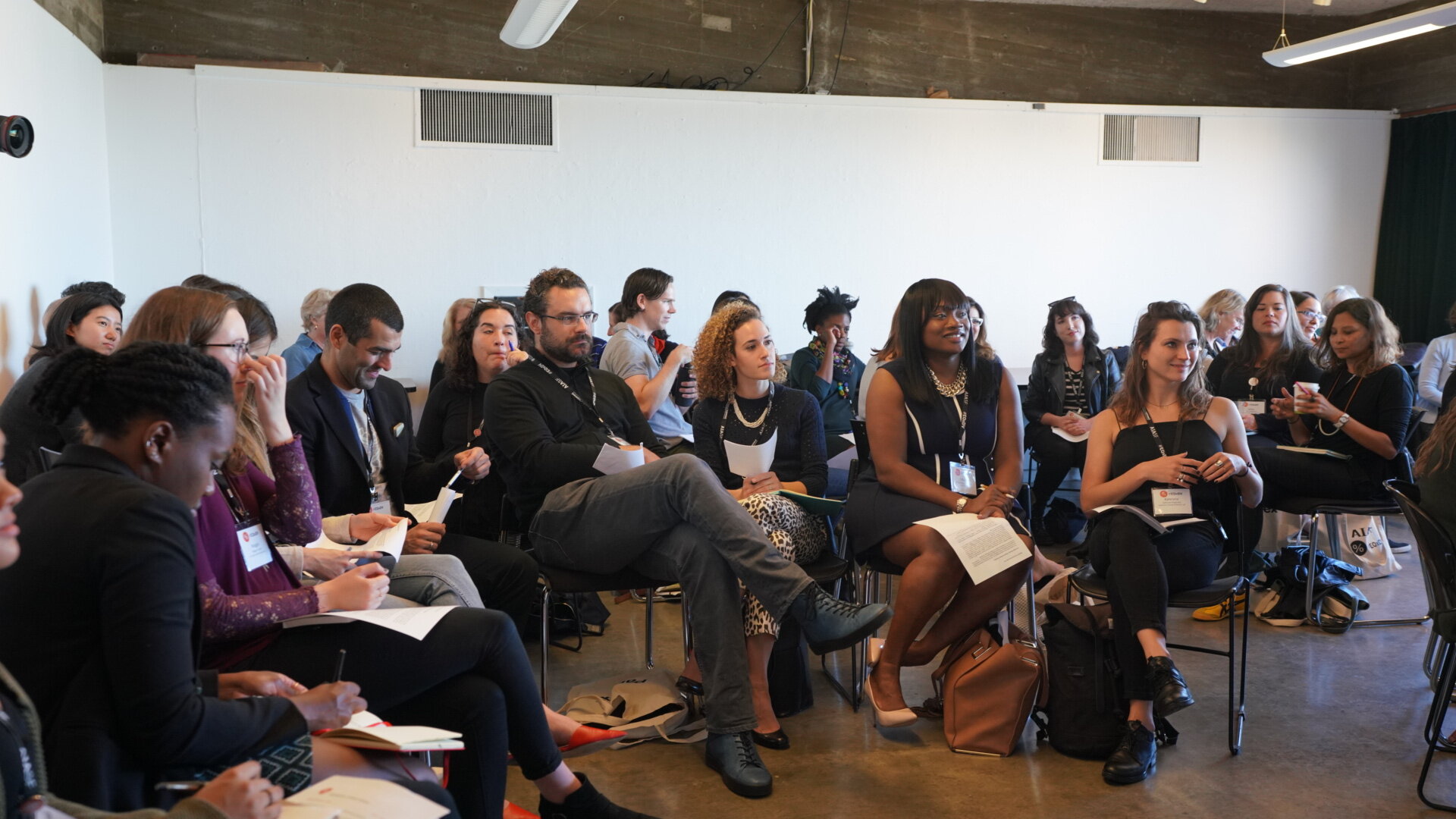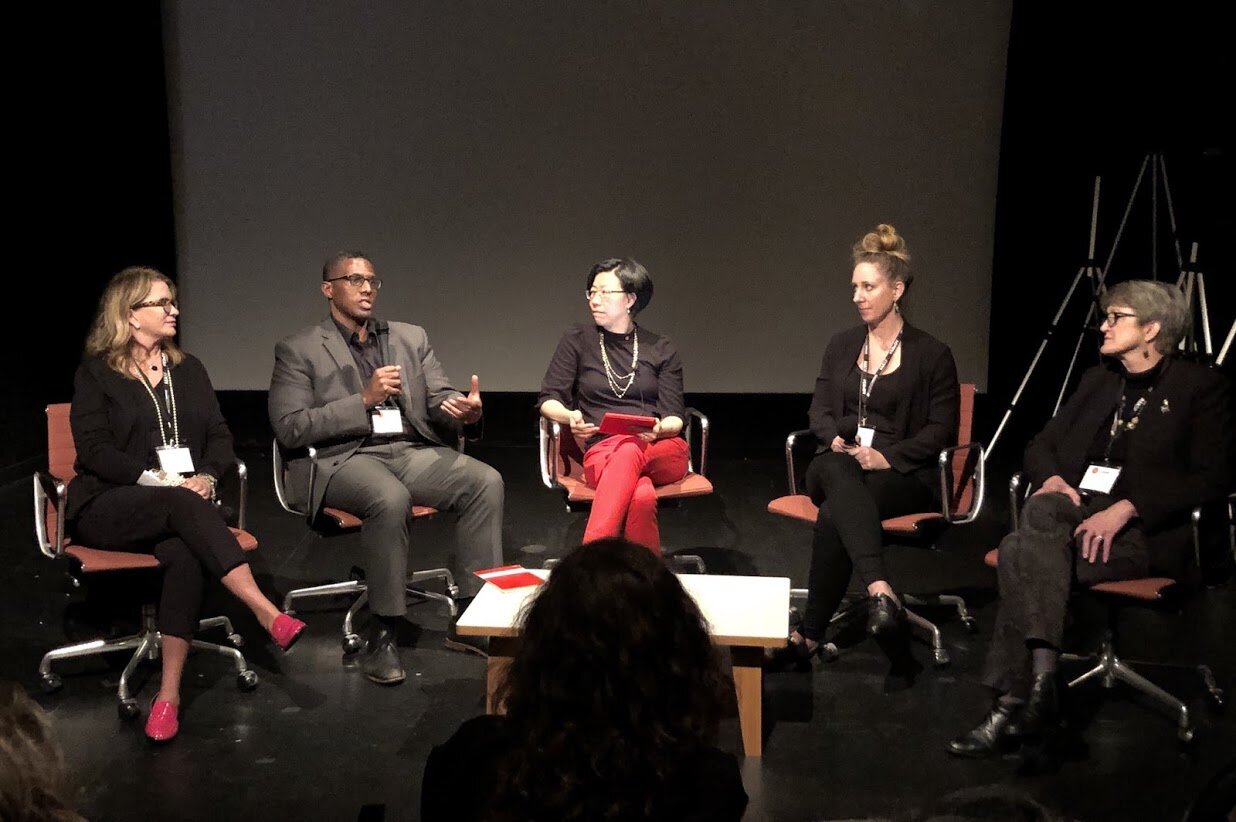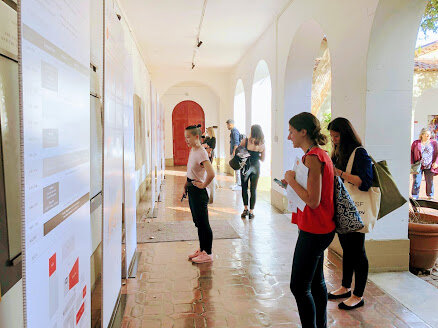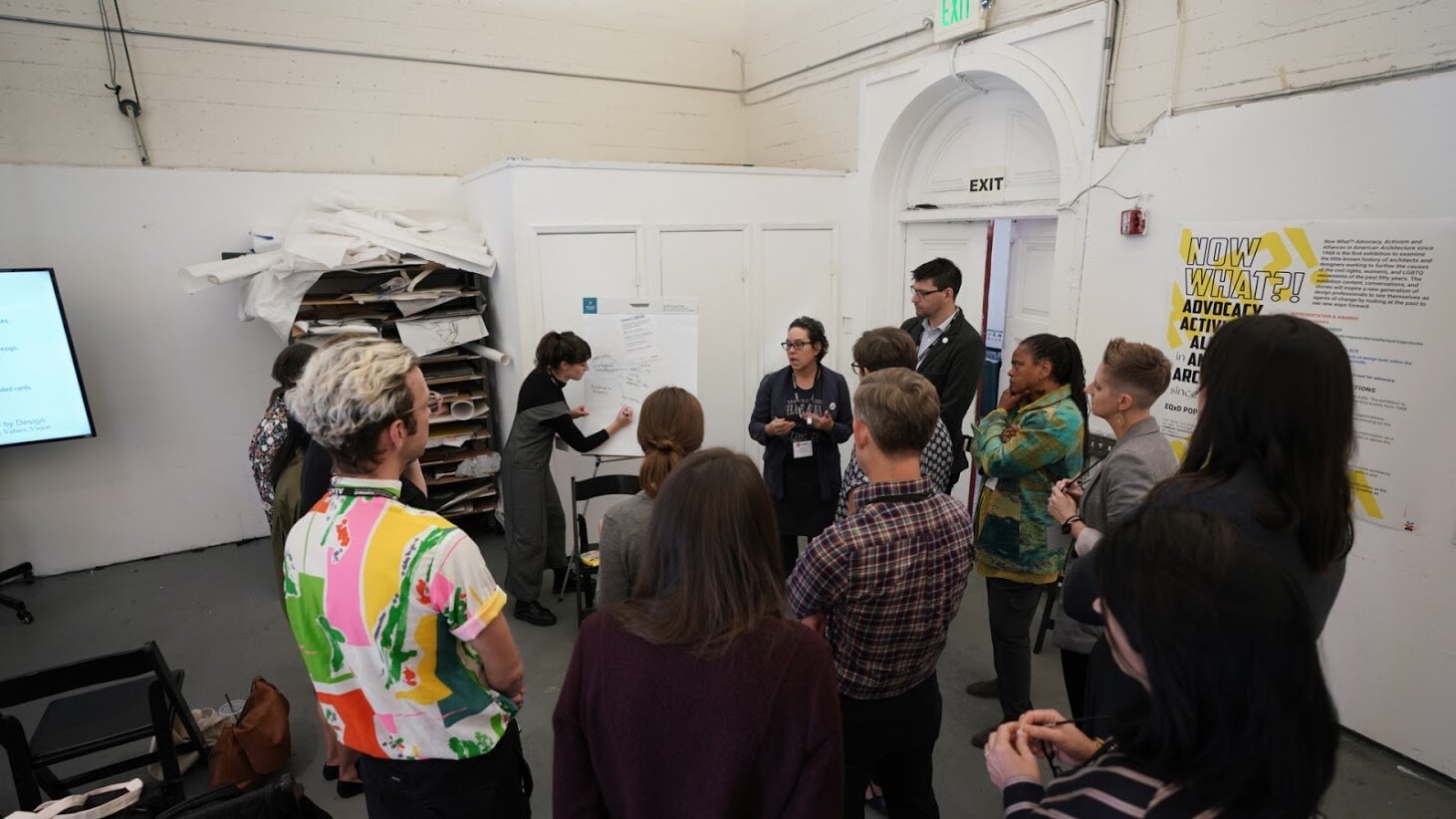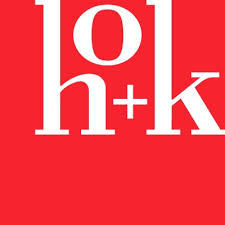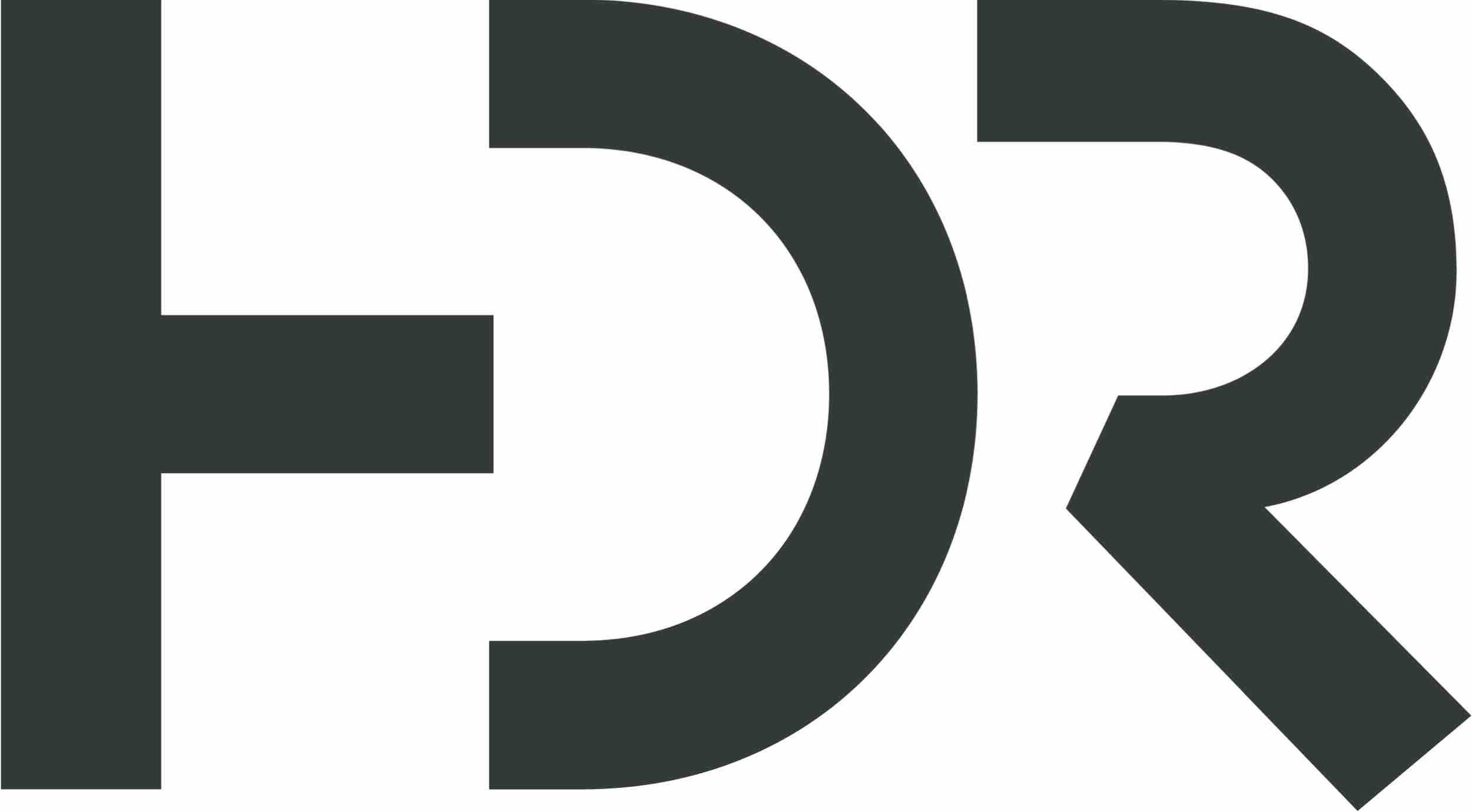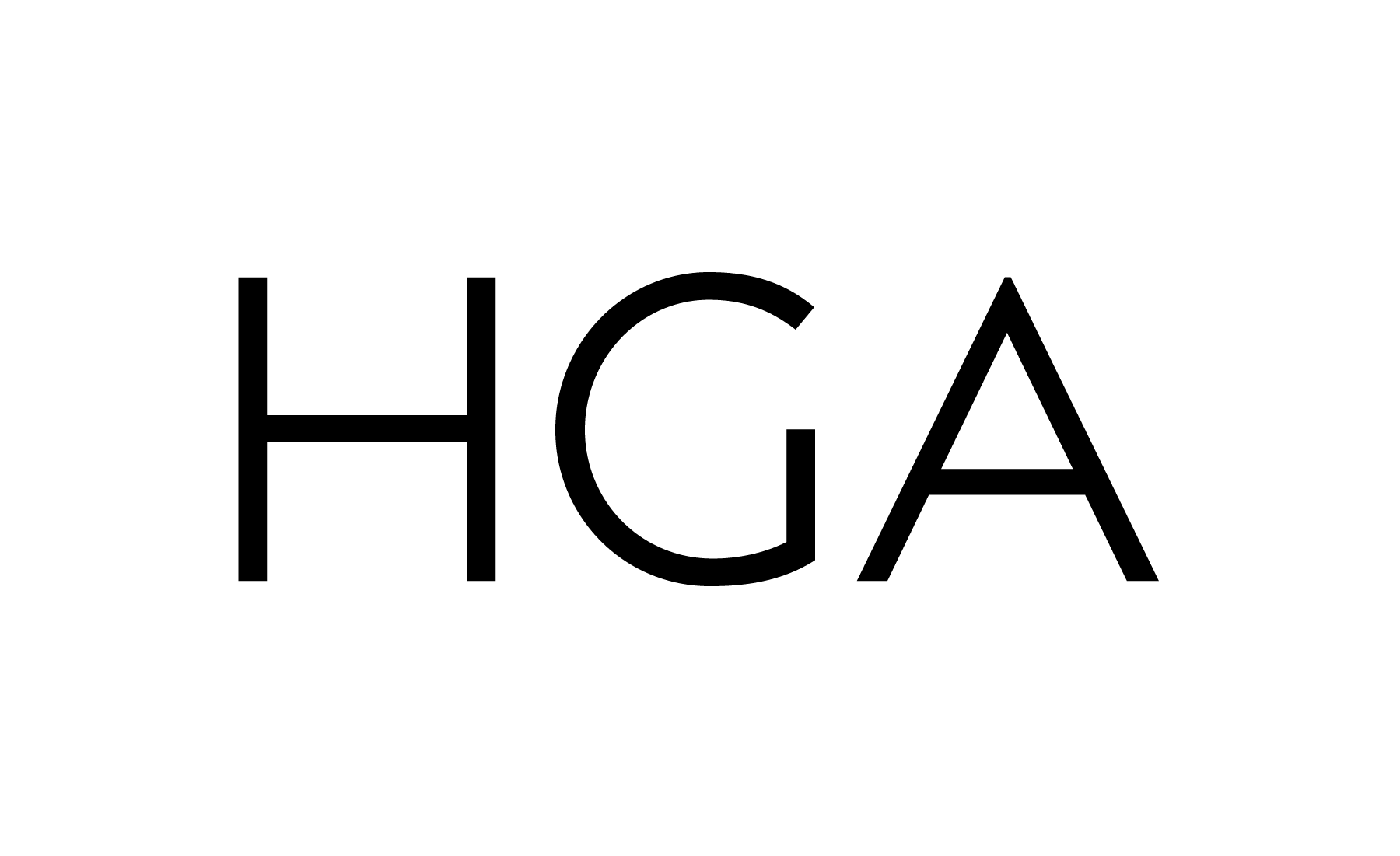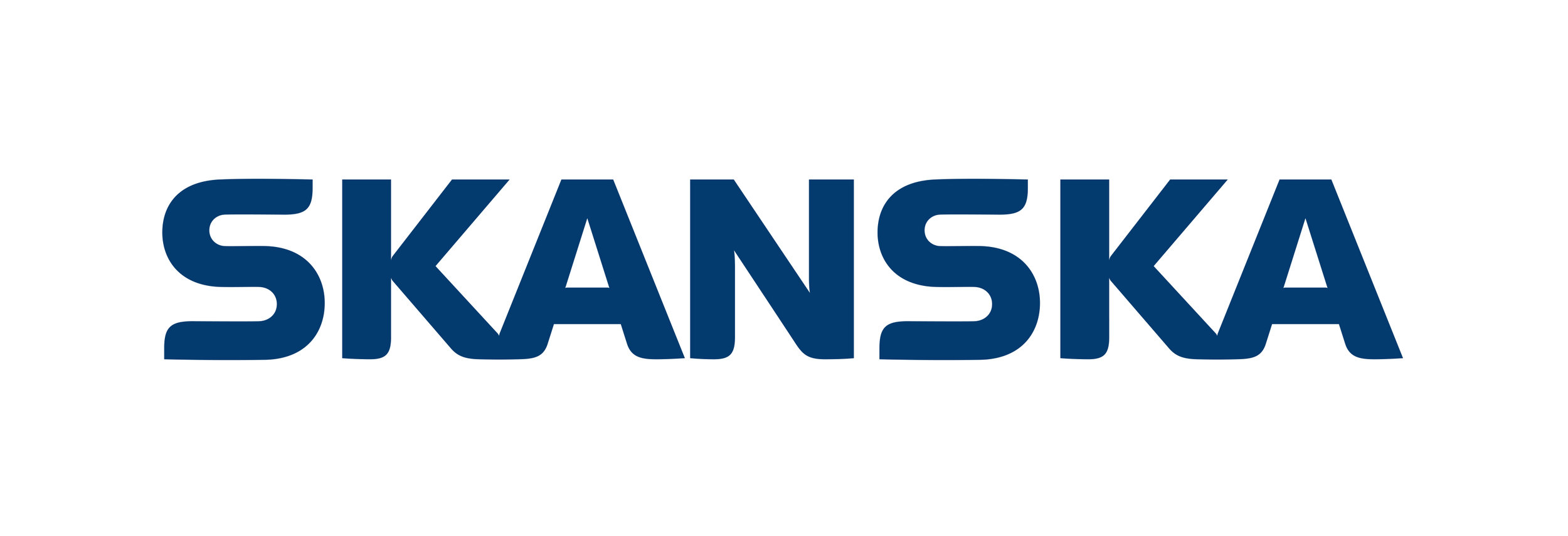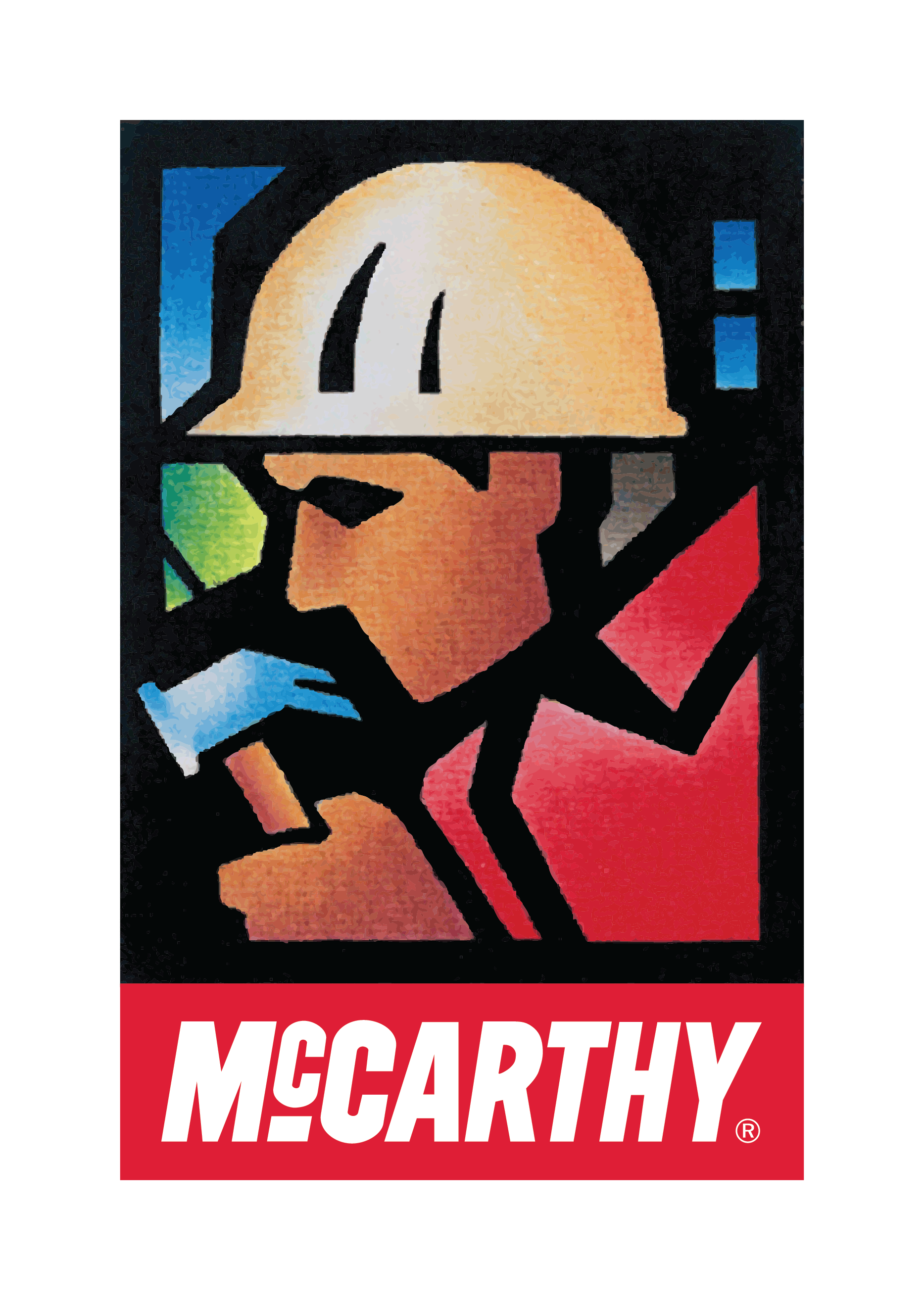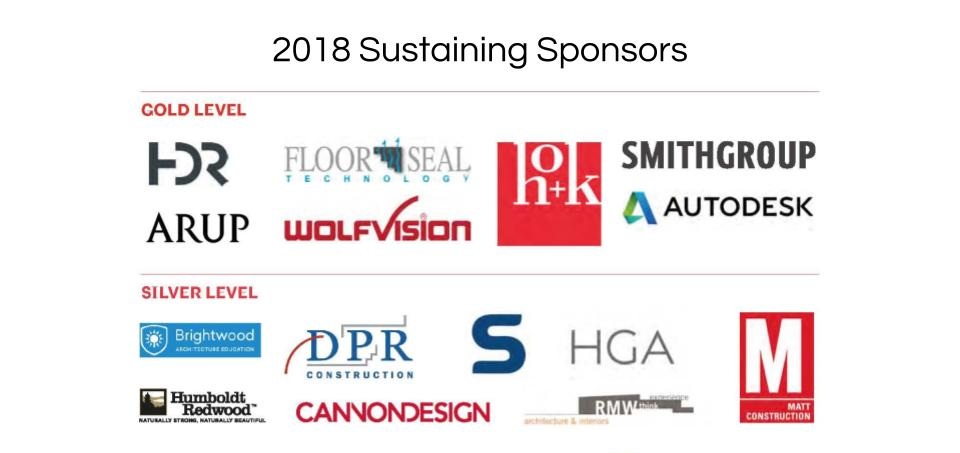We are pleased to announce the recipients of the #EQxD2022 ARE Challenge Scholarship Program! Please join us in congratulating each of the 9 recipients on their licensure journey and future advocacy for Justice, Equity, Diversity, and Inclusion.
The Jury consisted of Representatives from our generous scholarship sponsors and AIA SF Committee partners, AIASF Mentorship, and the ARE PACT. The selection was based on a process that excluded the names of applicants and focused solely on the applicants' responses to 3 question prompts.
How do your cultural background and lived experience influence and contribute to addressing the current challenges of inequities and injustice in the built environment?
What is the value of Justice, Equity, Diversity, and Inclusion in the design of the built environment?
Fast forward 10-15 years. Describe how you would leverage this opportunity and "pay it forward" to future generations of architects.
The ARE Challenge Scholarship Program recognizes the effort and expense of the architectural licensing process as a barrier to achieving this professional milestone and that it disproportionately affects candidates of historically underrepresented identities in the profession. In light of the extremely challenging and economically unstable conditions that we are collectively facing, Equity by Design has established financial assistance scholarships for licensure candidates with a focus on individuals from historically underrepresented backgrounds in architecture who are eligible to take the ARE exams.
Recipients of the #EQxD2020 ARE Challenge Scholarship will be reimbursed for three (3) ARE Exams (Value $705 per recipient), regardless of pass or fail status.
MEET THE ARE CHALLENGE SCHOLARSHIP RECIPIENTS!
Anthony Bituin
Anthony Bituin was born and raised in the San Francisco Bay Area. He received his Bachelor of Architecture degree from the California College of the Arts. His professional experience includes a wide range of project types. Currently, he works on multi-family housing projects for HKIT Architects.
Melanie D’Souza
Melanie D’souza supports Laboratory Planning at HDR-San Francisco. Originally from the coast of Oman, Melanie came to the United States for an architectural education in healthcare design at the University of Kansas. She actively works towards streamlining the path to licensure through her advising roles with NCARB, AIA-SF and HDR-Inc.
Melissa Daniel
Envisioning and realizing programming for diverse populations, Melissa R. Daniel, Assoc. AIA, is a tireless advocate for encouraging and empowering women in architecture. Melissa is an architectural designer in Maryland, and the creator/host of the Architecture is Political Podcast. She is also a recipient of the 2022 AIA Whitney M. Young Jr. Award.
Christine Kim
Christine is a design coordinator and has experience in various project types such as healthcare, workplace, high-end hospitality and residential. She has 9 years of design experience that encompasses 5 years in Architectural/ Interior design, 2 years in LEED consulting, and over 2 years in UI/UX design.
Mariana Mijangos
Mariana Mijangos is queer Mexican American architectural designer working and living in San Francisco. She is interested in vernacular architecture, community housing typologies, world history, and elegant accessible design.
Hirbod Nor
Hirbod graduated with the M.Sc in Public-Health and the Built Environment and M.Arch in 2017 and a certificate in Historic Preservation in 2020 from University of New Mexico. As a teacher, researcher, and designer, He is involved with community-based design, focusing on the relation between design and communities’ systemic wellbeing.
Raisa Soriano
Raisa’s family immigrated to California when she was ten years old. Her family overcame countless adversities, but Raisa is forever grateful for that decision because they have been fortunate enough to have been afforded the privilege for paving the way towards forging their own unique story of the American dream.
Priscilla Woo
Priscilla is an architectural designer who is passionate about the environment. She studied architecture for undergraduate school at Cal and earned her Master in Environmental Building Design at University of Pennsylvania to combine her passion with work. She is currently a designer at HKIT Architects overseeing sustainability integration in projects.
Tiffany Xu
Tiffany Xu is an architectural designer. She earned her M.Arch from Rice University where she received the Darden Thesis Award. She has worked at the offices of Spiegel Aihara Workshop and Jim Jennings Architecture. Her writing has appeared in PLAT, Cite, and the New York Review of Architecture.
THANKS TO OUR #EQXD2022 ARE CHALLENGE SPONSORS
Silver Sponsors - 5000
HOK
Steel Sponsors - 3500
Mithun
Bronze Sponsors - 2500
Gensler
PYATOK
SmithGroup
Copper Sponsors - 1500
Tipping Structural Engineers
Walker Warner
Sherwin-Williams Coil Coatings
Leddy Maytum Stacy
